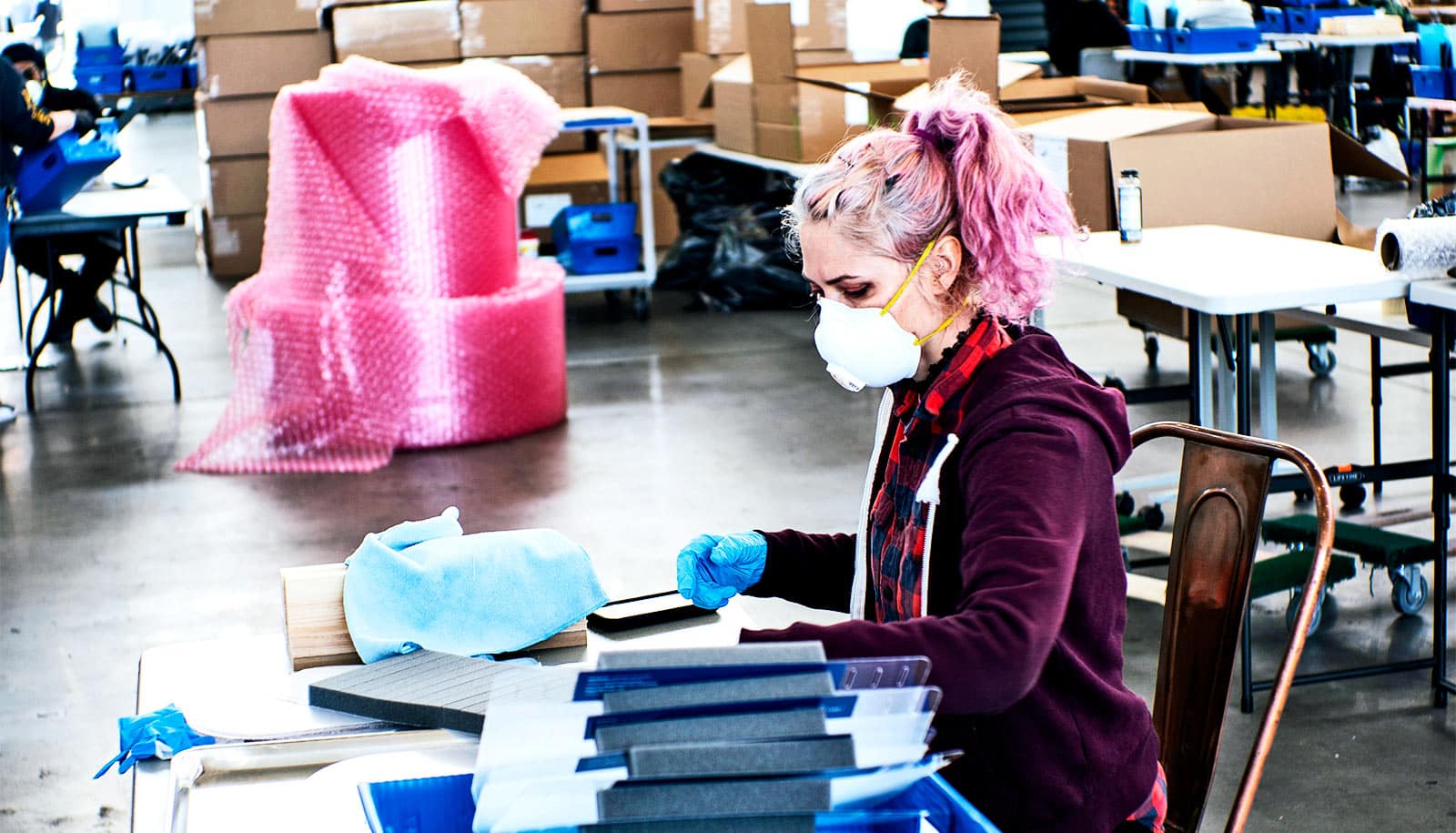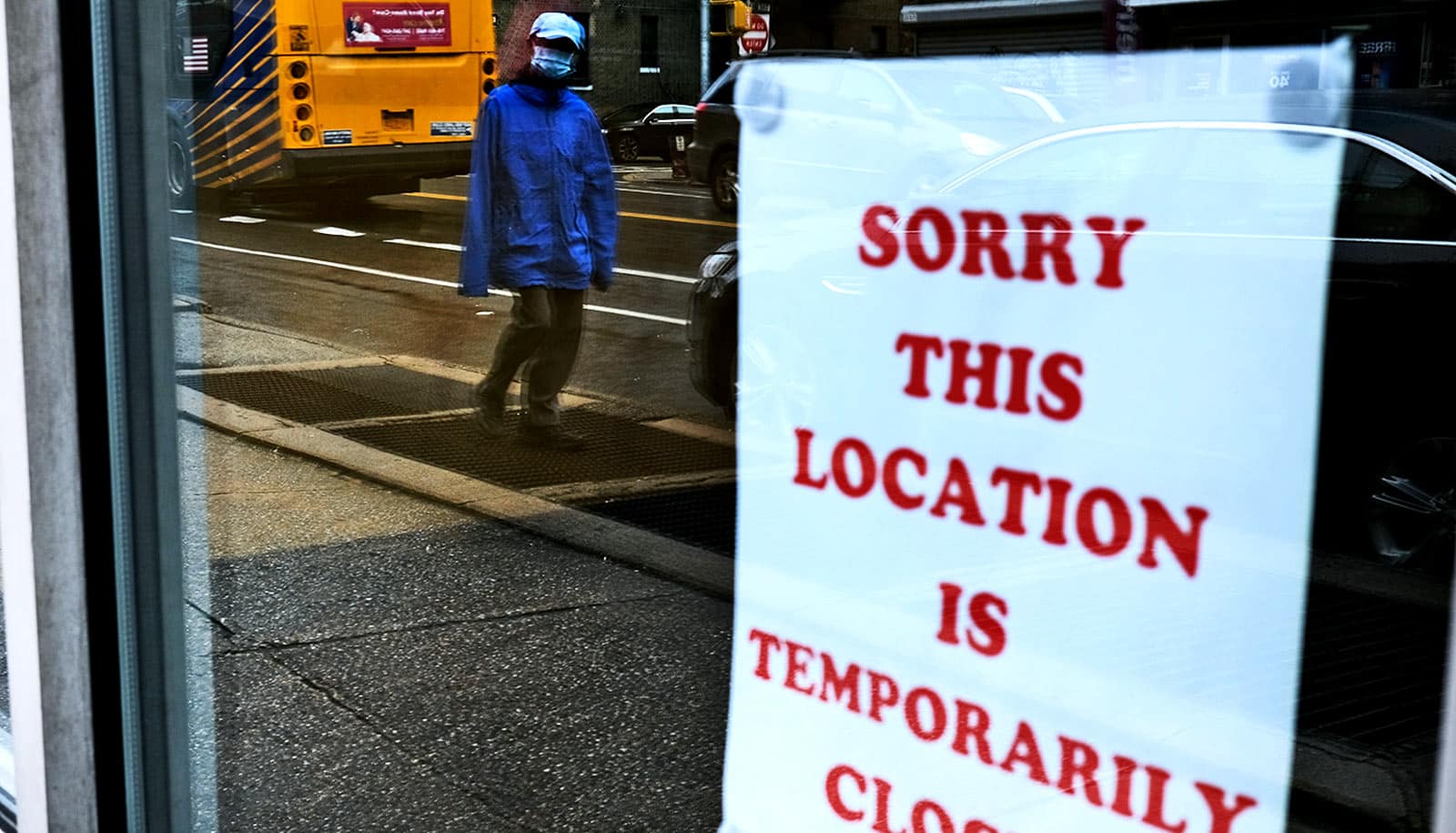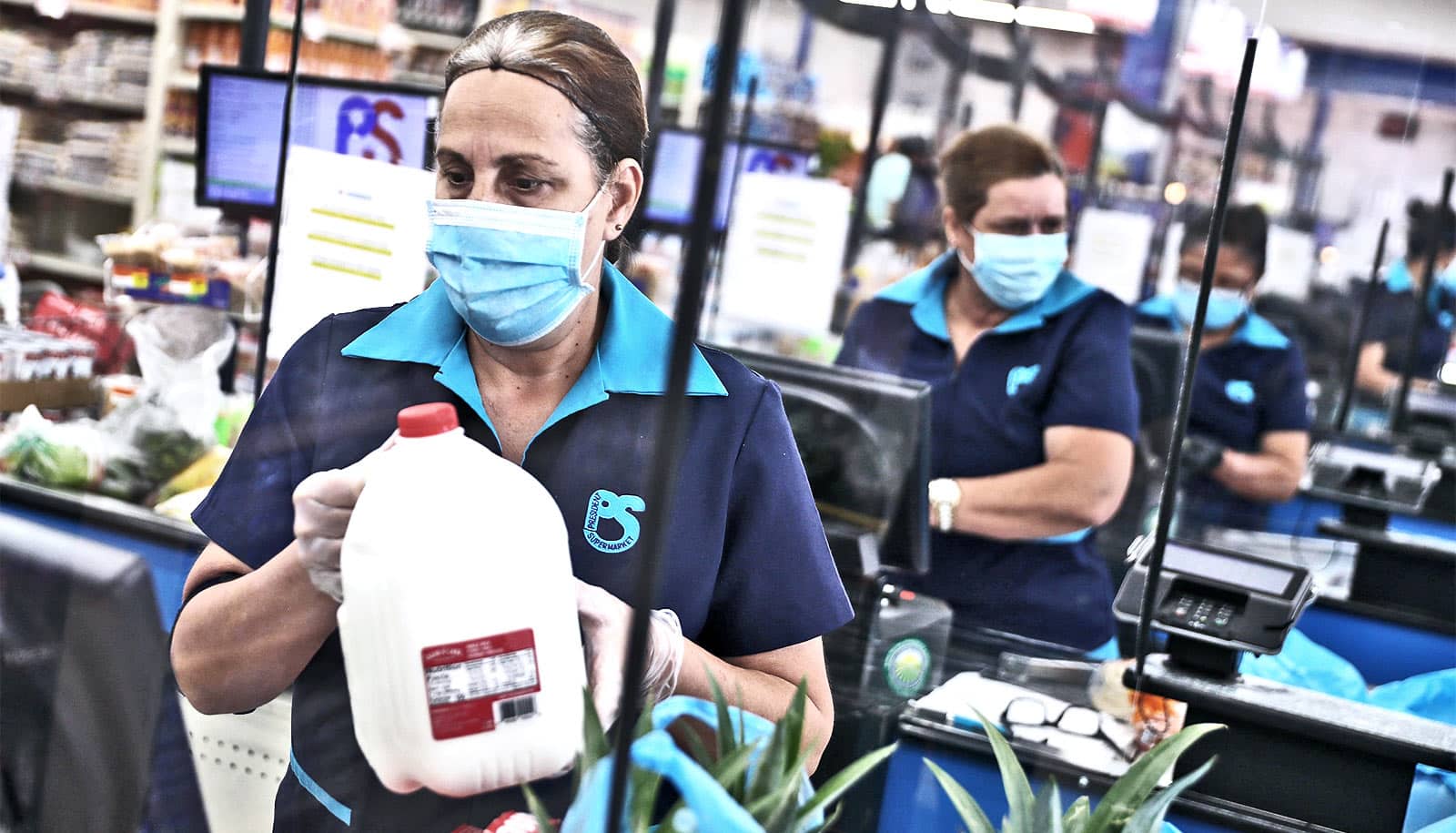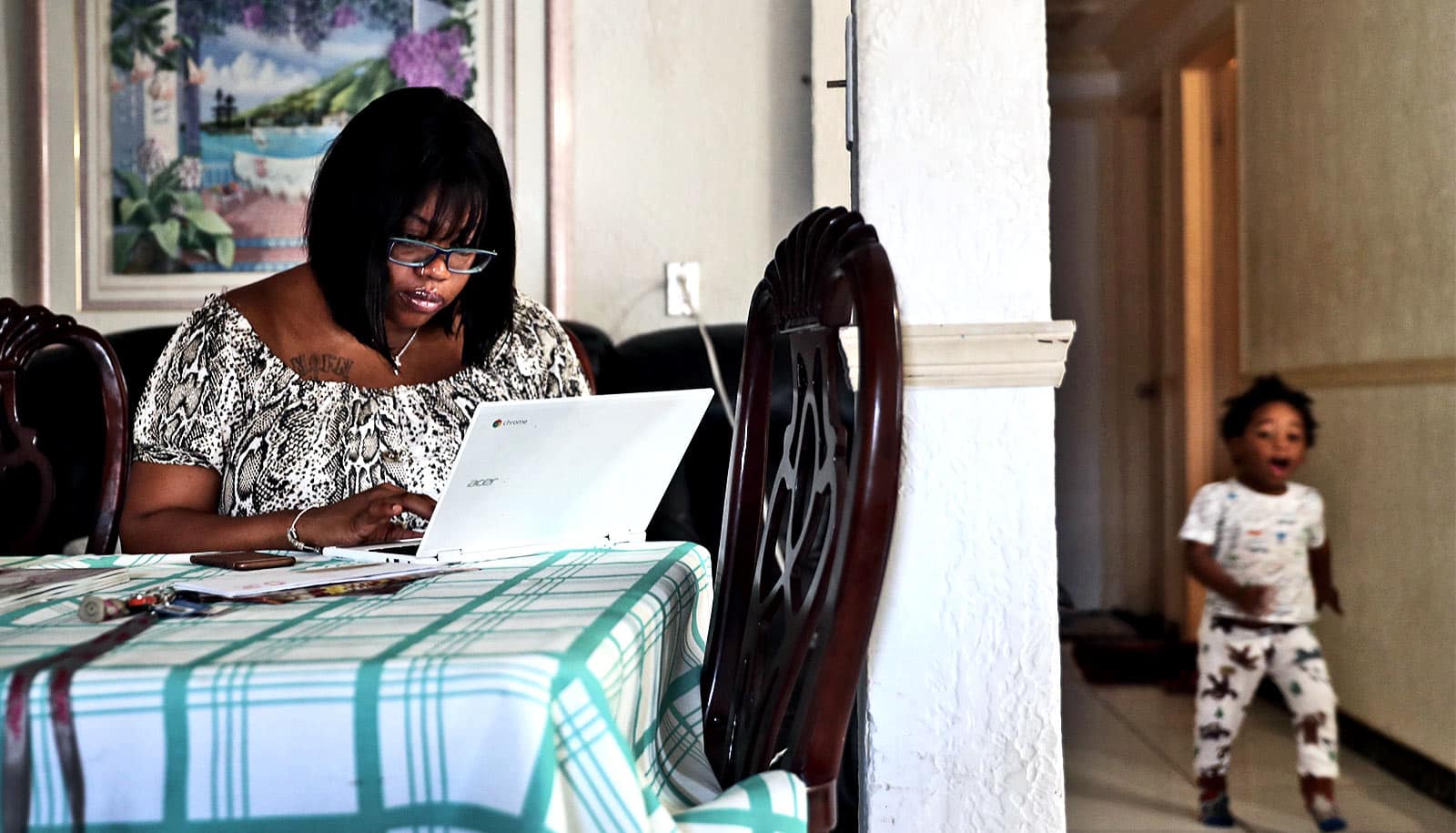When the United States returns to work, things won’t be the same as they were, Jonathan Caulkins argues.
“I think it’s unrealistic to think that we will be able to re-open as we were before. In fact, I don’t want us to,” says Caulkins, professor of operations research and public policy at Carnegie Mellon University. “But society can, and should, make changes now to ease the transition and help the economy.”
In his opinion, the best way to boost the economy by getting some people back to work soon is to focus on manufacturing and construction.
In a recent op-ed he wrote for Politico, Caulkins notes that 20 million Americans work in those fields, which is more than those in leisure and hospitality. Many restaurants are open these days for take-out. Manufacturing plants, unless they produce health supplies, are mostly shuttered.
“…a typical factory is used to putting a premium on controlled work processes that are safety-driven. Many could open now.”
“Yet if you walked through both a typical restaurant kitchen and a manufacturing floor, you would see that many kitchen workers are forced to work much more closely to each other than on a factory floor,” Caulkins says.
“Modern manufacturing plants are very capital-intensive enterprises with a lower population density. And a typical factory is used to putting a premium on controlled work processes that are safety-driven. Many could open now.”
For the record, Caulkins thinks restaurants should stay open, too. But, with more creativity and flexibility from governments, he sees a pathway for millions of additional workers to soon join cooks and cashiers back at work with even greater safety than we have today. Even furniture and electronics stores are potential candidates.
“Target can stay open and sell TVs and lamps because they also sell groceries. But other big-box businesses, with equally large buildings that don’t sell food, can’t open their doors,” Caulkins says. “Perhaps we limit the number of customers at a time. Or allow sales people to use video technology to show items remotely and take orders on the phone.”
Caulkins sees three categories of businesses in this COVID era: those that are essential and must remain open, such as hospitals; less-essential businesses that should stay closed for now because they introduce more risk than value, such as concert venues and theme parks; and those in the middle that should be given leeway for getting their employees back to work.
“Some could open now, predicated on a plan the business develops that implements safe social distancing protocols. Government officials would visit and inspect the business in the days and weeks to come,” he says.
“The people who know best about how to make their workplaces safe are those who work in them.”
“Other businesses would have to first submit their plans for review before being approved to re-open. The people who know best about how to make their workplaces safe are those who work in them.
“Our country’s current mindset is very binary: companies are either life-sustaining or not,” Caulkins adds. “They can stay open or they must close. We can’t economically survive with that rigid outlook indefinitely in place until life eventually returns to whatever ‘normal’ awaits us.”
Source: Carnegie Mellon University



